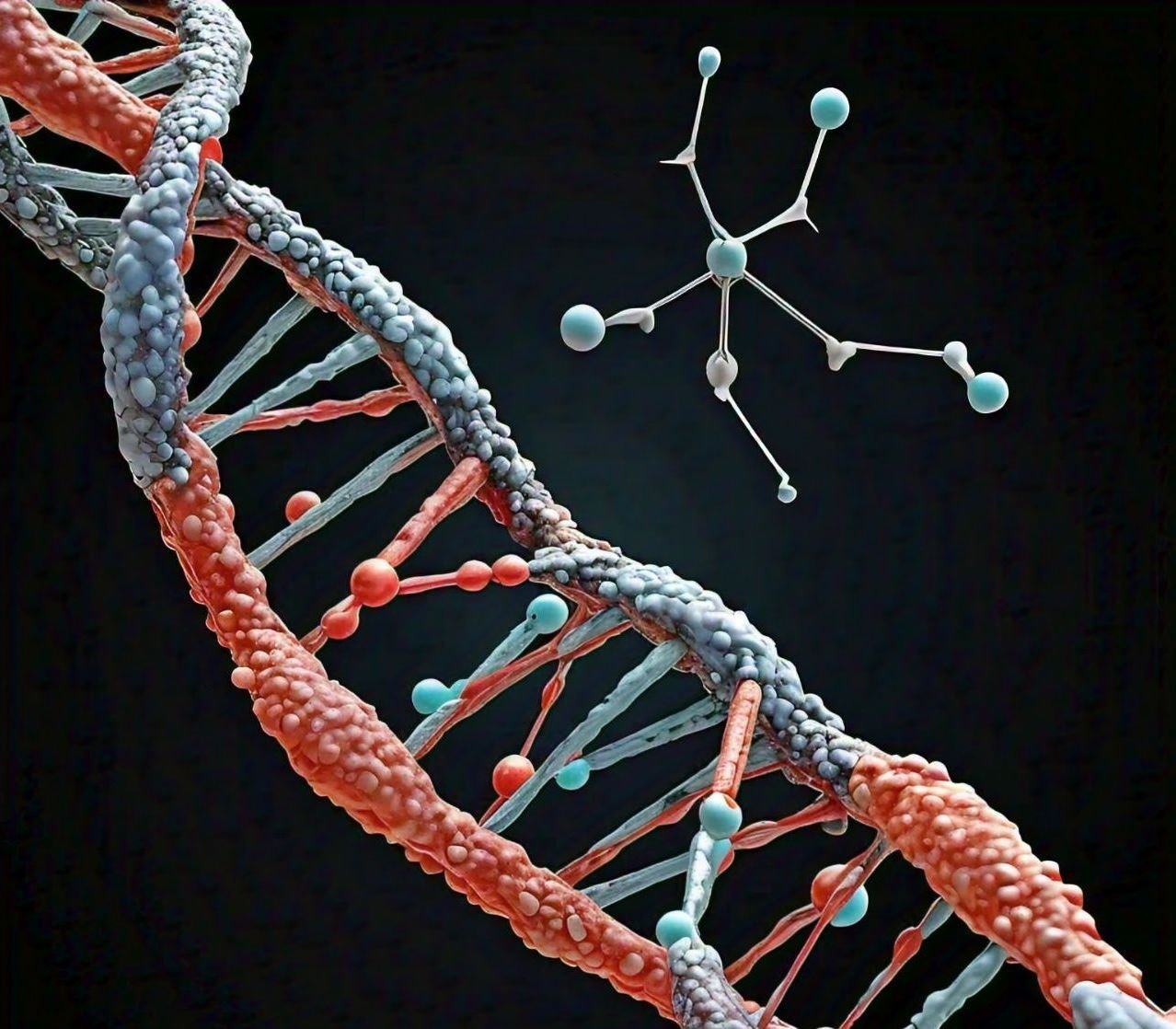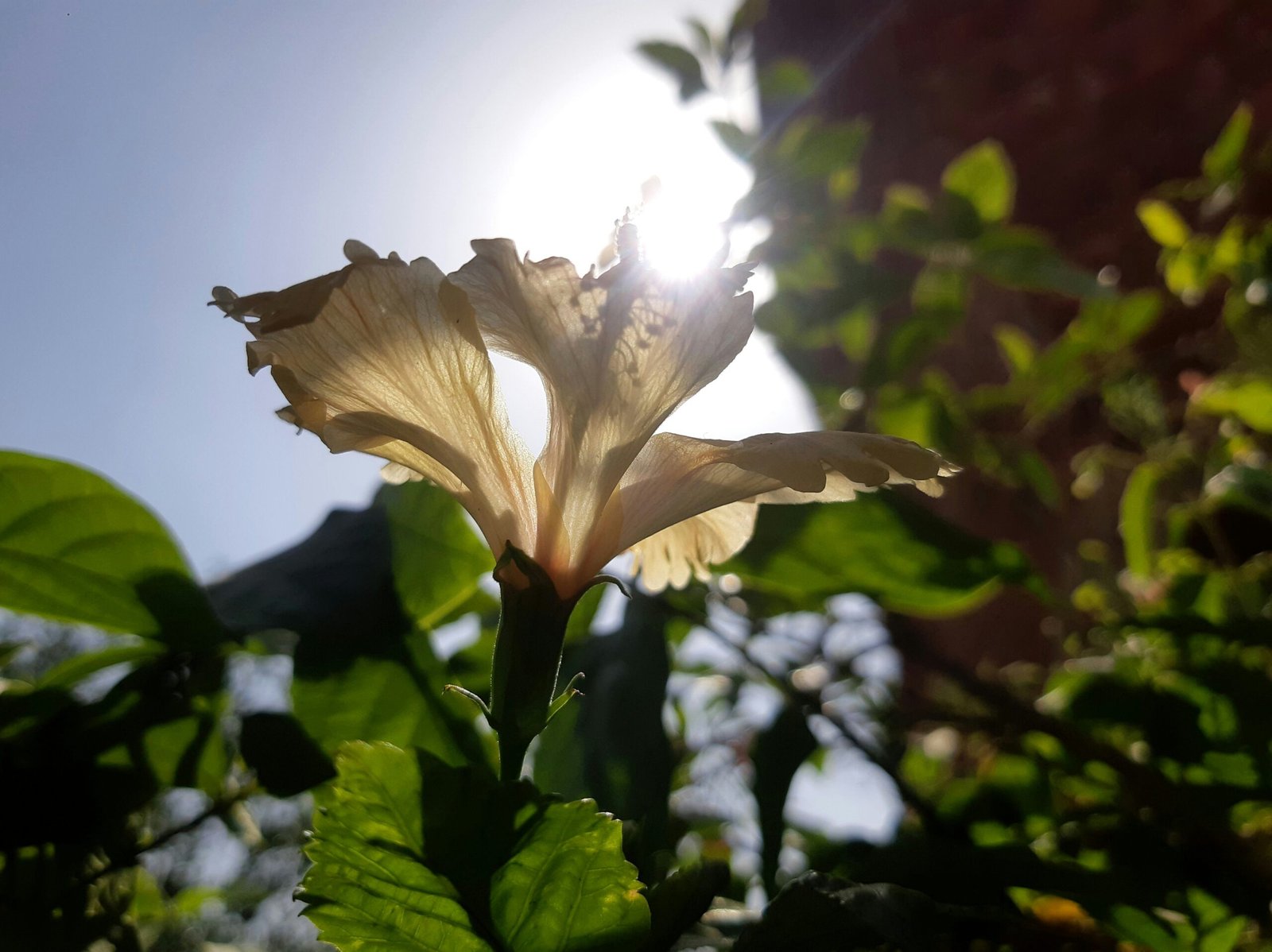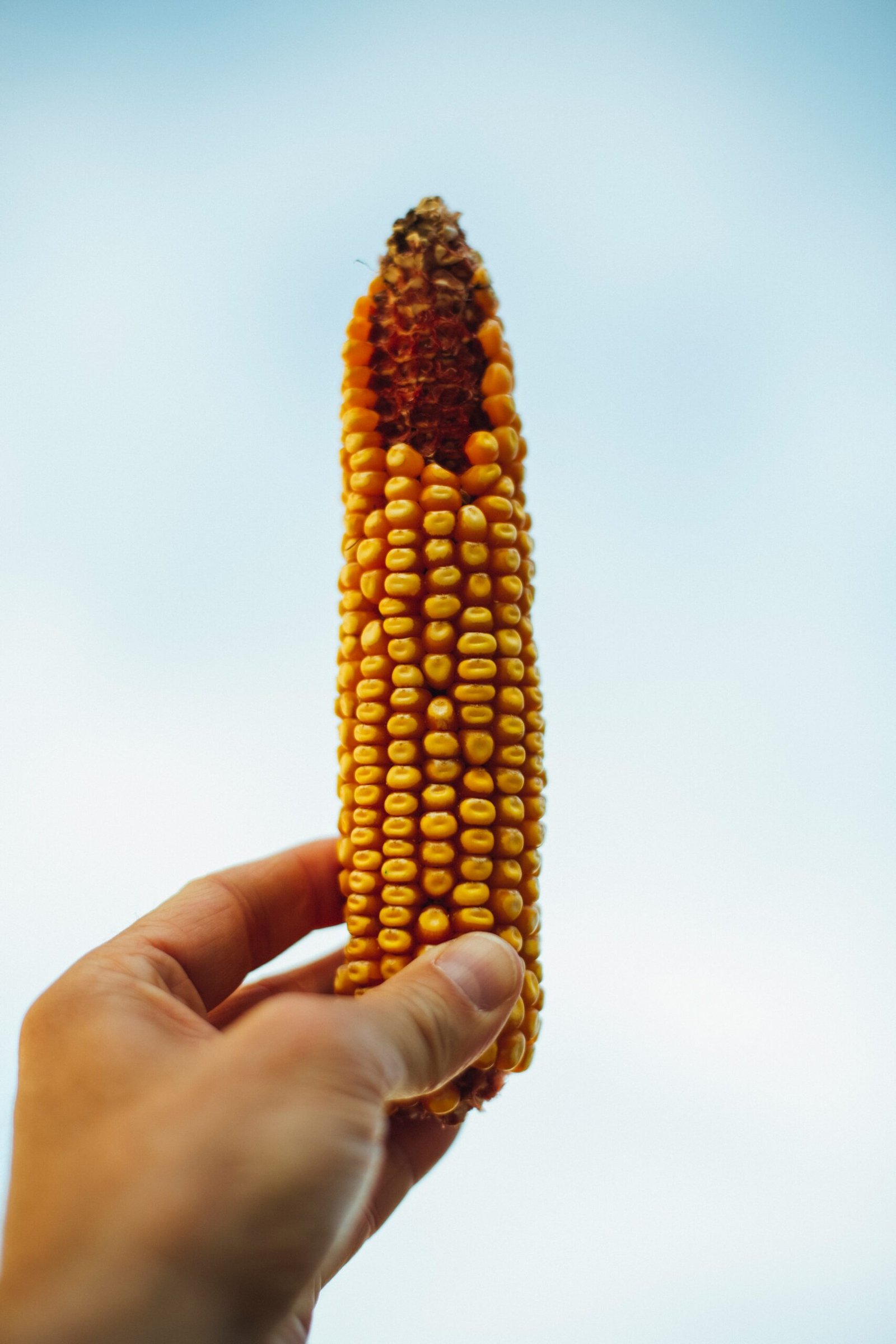Introduction to Mutation Breeding
Mutation breeding is a sophisticated technique used in plant breeding that involves inducing genetic mutations to develop new traits in plants. This process allows breeders to enhance desirable characteristics, such as flower color, shape, and size, which are particularly relevant in the floriculture industry. By harnessing both natural and artificially induced mutations, breeders can create ornamental crops with unique features that cater to consumer preferences.
The concept of mutation breeding has its roots in the early 20th century when researchers began exploring the potential of using mutagens—agents that cause mutations—to induce genetic changes in plants. Traditional breeding methods often involve the selection of parent plants with favorable traits and crossbreeding them to produce offspring. In contrast, mutation breeding accelerates the process by introducing new genetic variations directly, thus expanding the genetic base for selection.
Through mutation breeding, a multitude of ornamental plants have been developed, showcasing enhanced traits that were previously unattainable through conventional breeding. For instance, specific ornamental crops now exhibit improved resistance to diseases, extended bloom periods, and greater adaptability to various growing conditions. The significance of mutation breeding in floriculture cannot be overstated; it serves as a vital tool for breeders aiming to innovate and meet the demands of an ever-evolving market.
Inducing mutations can be achieved through several methods, including chemical treatments, exposure to radiation, or even via biological means. The careful selection of mutagens and the understanding of their effects on plant genetics play a crucial role in the success of this breeding approach. As this technique continues to evolve, it offers promising pathways for the development of new ornamental crops, thereby enriching the diversity and aesthetic appeal of horticultural offerings.
Benefits of Mutation Breeding in Ornamental Crops
Mutation breeding has emerged as a pivotal technique in the advancement of ornamental crops, offering a range of significant advantages that enhance floricultural traits. One of the primary benefits is the creation of new color variations. Traditional breeding methods often limit options to existing genetic traits, whereas mutation breeding can induce changes at the genetic level, leading to unique colors and patterns. This innovation not only captives the interest of consumers but also allows cultivators to distinguish their offerings in a competitive market.
Improved flowering traits represent another crucial benefit of mutation breeding. By targeting the specific genes responsible for flowering time, flower size, and bloom duration, breeders can develop ornamental plants with enhanced aesthetic appeal. These improvements not only contribute to the landscape design but also extend the seasonal display of flowers, thereby increasing the value of the plants.
Moreover, mutation breeding enhances disease resistance, which is especially vital given the increasing prevalence of plant diseases due to climate change and invasive pests. By inducing mutations that bolster the plants’ natural defense mechanisms, cultivators can produce ornamental crops that are more resilient to pathogens. This reduced susceptibility minimizes the need for chemical interventions, supporting environmentally sustainable practices within floriculture.
Additionally, mutation breeding facilitates increased adaptability to diverse environmental conditions. Ornamental plants derived from this breeding technique can be fine-tuned to thrive in varying climates, soil types, and levels of humidity. Such adaptability ensures that these plants perform optimally in a range of geographical locations, thereby broadening their market potential.
Successful case studies, such as the development of the ‘Blushing Bride’ hydrangea and ‘Lily of the Valley’ with enhanced traits, illustrate the effectiveness of mutation breeding. These examples underscore the tangible benefits and potential that mutation breeding holds for the future of ornamental horticulture, making it a valuable approach for growers and breeders alike.
Techniques for Inducing Mutations in Floriculture
Mutation breeding is a pivotal approach in enhancing floricultural traits within ornamental crops. Various techniques exist to induce mutations, each with its own effectiveness, cost implications, and impact on the target floral characteristics. The primary techniques include chemical mutagenesis, radiation, and tissue culture.
Chemical mutagenesis makes use of specific chemical agents to induce mutations at the genetic level. Common mutagens, such as ethyl methane sulfonate (EMS) and sodium azide, facilitate changes in the DNA sequence, leading to phenotypic variations. This method is often chosen for its relatively low cost and ease of application. However, careful consideration is required to minimize undesirable side effects, as some mutations may adversely impact plant viability or other crucial traits.
Radiation, another widely used method, encompasses the exposure of plant tissues to gamma rays, X-rays, or fast neutrons. The radiation induces sporadic changes in DNA, resulting in the formation of new and potentially advantageous traits. While radiation treatment can yield significant mutations, the equipment required is often expensive, and the process may necessitate specialized facilities and safety protocols. Furthermore, radiation-induced mutations can result in harmful effects, posing challenges in breeding programs.
Tissue culture techniques present a modern approach to mutation breeding. Through in vitro methods, plant tissues or cells are cultured under controlled conditions, allowing for precise genetic modifications. When combined with mutagenic treatments, this technique can accelerate the selection of desirable traits in ornamental crops. The costs associated with tissue culture can vary, but successful applications can lead to enhanced quality and quicker market readiness of improved plants.
Selecting the appropriate technique for inducing mutations in ornamental crops is critical, as different methods offer varied advantages and potential pitfalls. Factors such as the specific traits desired, budget constraints, and available resources greatly influence this decision-making process.
Challenges and Future Directions in Mutation Breeding for Floriculture
Mutation breeding has been a pivotal technique in enhancing floricultural traits in ornamental crops, yet it faces multifaceted challenges that could impede its progress. One significant hurdle lies in regulatory frameworks that vary widely across different countries. Some regions impose stringent regulations on genetically modified organisms (GMOs), which often encompasses mutated plants. This regulatory landscape can create uncertainty for breeders, potentially leading to increased costs and prolonged timelines for bringing new varieties to market. As a result, researchers and industry professionals must navigate these complex regulations while striving to innovate within their breeding programs.
Another challenge stems from public perception of mutation breeding, often conflated with traditional genetic modification. Misunderstandings and fears around genetic manipulation can affect consumer acceptance of new ornamental varieties, restraining the market potential for mutated plants. As such, effective communication and educational efforts are crucial in informing the public about the safety and benefits of mutation breeding, emphasizing its role in sustainability and crop diversity enhancement.
Moreover, the expression of traits in mutated plants can be unpredictable and complex. The genetic mechanisms underlying these traits may involve multiple genes, epistatic interactions, and environmental influences, making it a challenge to achieve desired outcomes consistently. This unpredictability necessitates rigorous evaluation and selection processes, potentially introducing additional layers of complexity to breeding programs.
Despite these challenges, the future of mutation breeding in floriculture appears promising, particularly with the advent of modern technologies. The integration of genome editing tools, such as CRISPR, along with advanced genomic techniques, provides opportunities to improve precision in trait enhancement. By combining these modern methodologies with traditional mutation breeding practices, researchers can potentially overcome existing barriers, facilitating the development of ornamental crops with enhanced floricultural traits and improved market appeal.
In Sumarry
Mutation breeding in floricultural crops involves using various mutagenic agents or techniques to induce genetic mutations, resulting in desirable traits such as:
Goals:
1. Improved flower quality (color, shape, size)
2. Enhanced disease resistance
3. Increased vase life
4. Modified growth habits (compact, dwarf)
5. Expanded color palette
6. Improved shelf life
7. Enhanced fragrance
Mutagenic Agents/Techniques:
1. Gamma radiation
2. X-rays
3. Ultraviolet (UV) radiation
4. Chemical mutagens (e.g., EMS, MMS)
5. Tissue culture-induced mutations
6. CRISPR-Cas9 gene editing
Floricultural Crops:
1. Roses
2. Carnations
3. Chrysanthemums
4. Tulips
5. Daisies
6. Lilies
7. Orchids
8. Gerbera daisies
9. Sunflowers
10. Marigolds
Mutation Breeding Process:
1. Parent material selection
2. Mutagenesis (application of mutagenic agent)
3. Seed or plant irradiation
4. M1 generation growth and evaluation
5. Selection of desirable mutants (M2 generation)
6. Stabilization of mutant traits through repeated breeding
7. Evaluation and testing of new cultivars
Advantages:
1. Rapid development of new cultivars
2. Increased genetic diversity
3. Improved crop adaptability
4. Enhanced disease resistance
5. Reduced chemical usage
Challenges:
1. Unpredictable mutation outcomes
2. Time-consuming and labor-intensive process
3. Potential for undesirable traits
4. Limited control over mutation expression
5. Regulatory framework for genetically modified organisms (GMOs)
Examples of Successful Mutation Breeding:
1. ‘Mutant’ roses with unique flower colors
2. Disease-resistant carnations
3. Compact, dwarf chrysanthemum varieties
4. Fragrant, disease-resistant tulip cultivars
Future Directions:
1. Integration with biotechnology tools (e.g., CRISPR-Cas9)
2. Marker-assisted selection (MAS)
3. Genome editing for precision breeding
4. Expanding mutation breeding to new floricultural crops
5. Developing more efficient mutagenesis protocols






Research, Design, Variables And Mutation Breeding
[…] Enhancing Floricultural Traits in Ornamental Crops Through Mutation Breeding […]